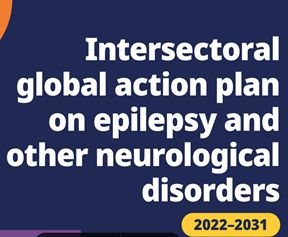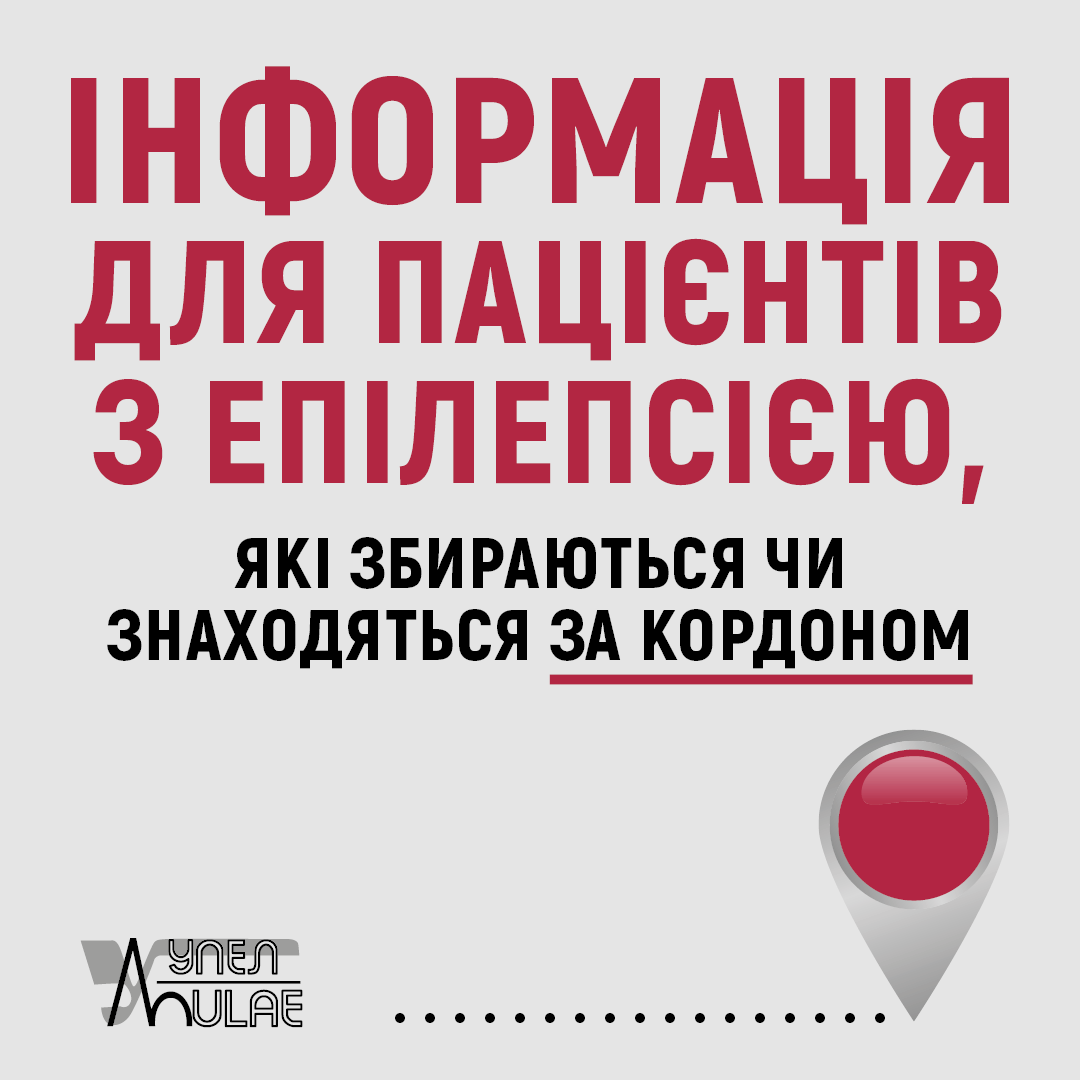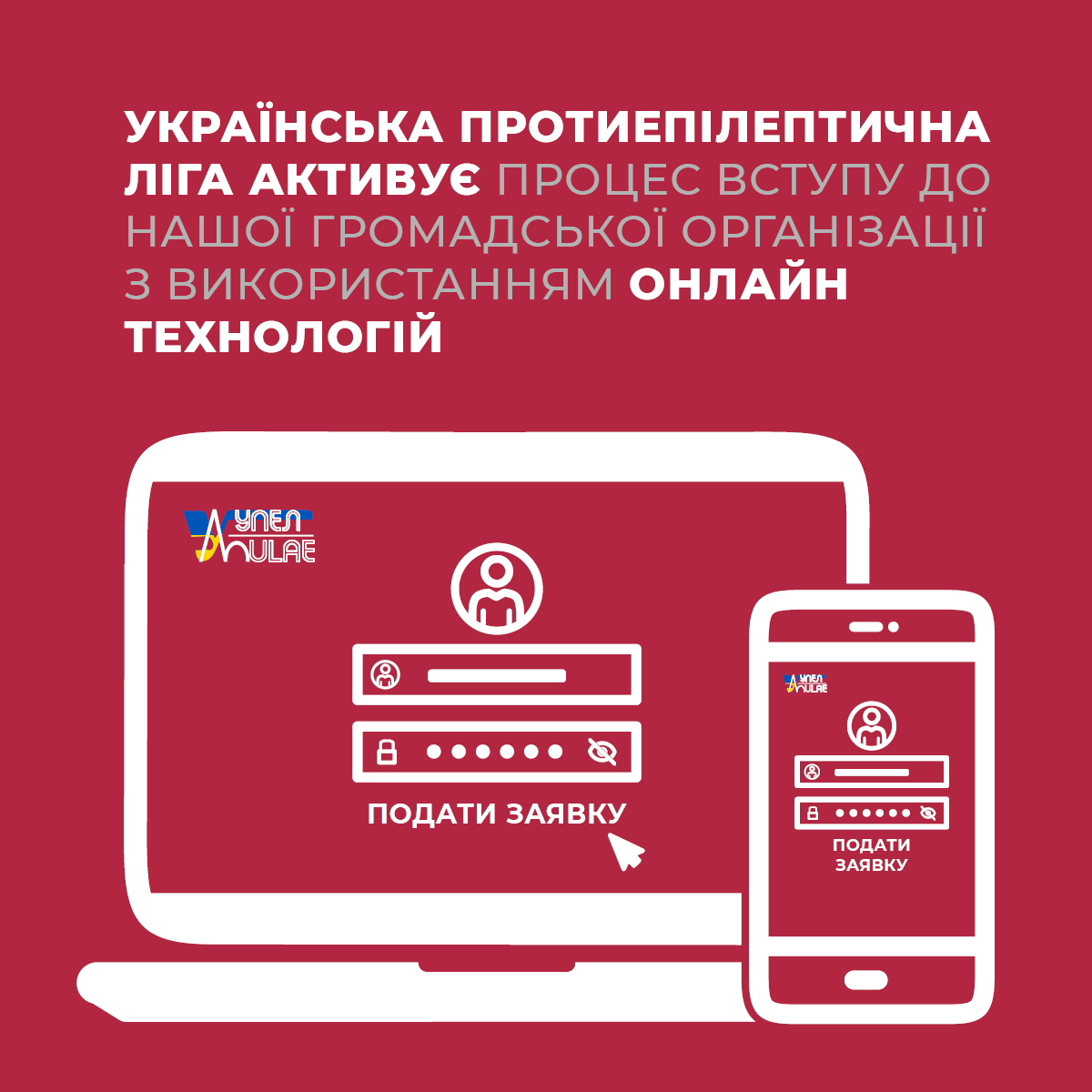Those working near the “frontline” of emergency medicine in nations with an aging population will be acutely aware of the effects of the demographic changes on healthcare services. The United Kingdom is typical of many other countries facing similar demographic challenges. Between 2015 and 2020 – a period of only five years, in which the general population is expected to rise by 3%, the numbers of those aged over 65 are expected to increase by 12% (1.1 million); the numbers aged over 85 by 18% (300,000); and the number of centenarians by 40% (7,000) (1). One of the commonest emergency presentations of older adults is an acute confusional state. Unfortunately, the differential diagnosis of this clinical presentation is extremely wide – ranging from general medical disorders (including urinary tract and chest infections, metabolic disorders, iatrogenic effects of drug treatments), psychiatric conditions (including delirium or psychosis) to neurological conditions such as stroke, neurodegenerative disorders, encephalopathy, traumatic brain injury, epileptic seizures or postictal states.
Most of the medical and neurological disorders causing hospital admissions with acute confusion can be diagnosed easily with simple investigations such as blood tests, urine analysis or imaging studies which are requested as a matter of routine and without much thought. However, there is one common neurological condition, which cannot be diagnosed effortlessly in this way: nonconvulsive status epilepticus (NCSE) (2). The possible manifestations of NCSE are diverse: Most patients have selective rather than global cognitive deficits. Those involving consciousness, speech, praxis, memory, attention and affect are particularly prominent. Impairment of consciousness may be characterized by reduced vigilance, reactivity or orientation (3). With the limited exception of admissions to the few centres where emergency EEGs are readily available, this diagnosis can only be made if clinicians think about it – and make the considerable effort to arrange an EEG recording (often requiring transfer to another hospital). However, it is possible that many – perhaps most cases currently remain undiagnosed.
Unfortunately, as Francesco Manfredonia et al, in my editor’s choice from the current issue of Seizure demonstrate, there is no easy way to optimize the diagnosis of NCSE (4). Abbreviated EEG procedures or recordings with a limited number of electrodes improve the feasibility of capturing EEG from a confused patient in an emergency setting but have a diagnostic yield, which may be well below 50%. The test of choice is also the least practicable: continuous EEG recording. Simpler solutions are urgently needed. Unfortunately – the fact that the diagnosis is likely to be routinely missed means that the urgency of the problem remains unnoticed - out of sight out of mind.
References:
1) https://www.parliament.uk/business/publications/research/key-issues-parliament-2015/social-change/ageing-population/, accessed 17 November 2019.
2) Beyenburg S, Elger CE, Reuber M. Acute Confusion or Altered Mental State: Consider Nonconvulsive Status Epilepticus. Gerontology. 2007;53(6),150-58.
3) Profitlich T, Hoppe C, Reuber M, Helmstaedter C, Bauer J. Ictal neuropsychological findings in focal nonconvulsive status epilepticus. Epilepsy Behav 2008;12,269-75.
4) Manfredonia F, Saturno E, Lawley A, Gasverde S, Cavanna AE. The role of encephalography in the early diagnosis of nonconvulsive status epilepticus in elderly patients with acute confusional state: two possible strategies? Seizure 2019; 73…. Please complete bibliographic details.
Seizure 2019, т. 73, Вибір Редактора: «Роль електроенцефалографії в ранній діагностиці неконвульсивного епілептичного статусу у пацієнтів літнього віку з гострим станом сплутаності свідомості: дві можливі стратегії?»
Ті, хто працює поблизу «передової лінії» невідкладної медичної допомоги у країнах зі старіючим населенням, мають обов’язково усвідомлювати наслідки демографічних змін для медичних послуг. Ситуація у Сполученому Королівстві Великобританія характерна для багатьох інших країн, які стикаються з подібними демографічними проблемами. У період між 2015 і 2020 роками - період всього лише п'яти років, протягом якого загальне населення, як очікується, збільшиться на 3%, число осіб старше 65 років, як очікується, збільшиться на 12% (1,1 мільйона); число осіб старше 85 років - на 18% (300 000); і число довгожителів - на 40% (7 000) (1). Одним з найбільш поширених невідкладних станів у літніх людей є гострий стан сплутаності свідомості. На жаль, диференцiйний діагноз в цій клінічній ситуації надзвичайно широкий – від загально-соматичних медичних розладів (включаючи інфекції сечовивідних шляхів і грудної клітини, метаболічні порушення, ятрогенні ефекти медикаментозного лікування), психіатричних станів (включаючи делірій або психоз) до неврологічних станів, таких як інсульт, нейродегенеративні розлади, енцефалопатія, черепно-мозкова травма, епілептичні напади або постiктальнi стани.
Більшість соматичних і неврологічних розладів, що викликають госпіталізацію з гострою сплутаністю свідомості, можуть бути легко діагностовані за допомогою простих досліджень, таких як аналізи крові, аналіз сечі або візуалізації, які виконуються в звичайному порядку і без особливих роздумів. Однак є неврологічний стан, який неможливо діагностувати таким чином: неконвульсивний епілептичний статус (НКЕС) (2). Можливі прояви НКЕС різноманітні: більшість пацієнтів мають виборчий, а не глобальний когнітивний дефіцит. Особливо помітні ті, які пов'язані зі свідомістю, мовою, праксисом, пам’яттю, увагою та настроєм. Порушення свідомості може характеризуватися зниженням уваги, реактивності або орієнтації (3). За рідкісним винятком госпіталізацій в ті деякі центри, де можна отримати екстрену ЕЕГ, цей діагноз може бути поставлений тільки в тому випадку, якщо клініцисти подумають про це – і докладуть значних зусиль, щоб організувати запис ЕЕГ (що часто вимагає переведення в іншу лікарню). Однак можливо, що більшість випадків залишаються недіагностованими.
На жаль, як демонструють Francesco Manfredonia з співавт., в статті яку я обрав у якості редакторського вибору з поточного випуску журналу "Seizure", що немає простого способу оптимізувати діагностику НКСЕ (4). Скорочені ЕЕГ-процедури або записи з обмеженою кількістю електродів покращують можливість отримання даних ЕЕГ від пацієнта зі сплутаним станом свідомості в невідкладному стані, але мають діагностичну чутливість, який може бути значно нижче 50%. Дослідження вибору - безперервний запис ЕЕГ практично є малодоступним. Терміново потрібні більш прості рішення. На жаль, той факт, що діагноз, в більшості випадків є регулярно не встановлений, означає, що актуальність проблеми залишається непоміченою – як в практиці так і в свідомості.
References:
1) https://www.parliament.uk/business/publications/research/key-issues-parliament-2015/social-change/ageing-population/, accessed 17 November 2019.
2) Beyenburg S, Elger CE, Reuber M. Acute Confusion or Altered Mental State: Consider Nonconvulsive Status Epilepticus. Gerontology. 2007;53(6),150-58.
3) Profitlich T, Hoppe C, Reuber M, Helmstaedter C, Bauer J. Ictal neuropsychological findings in focal nonconvulsive status epilepticus. Epilepsy Behav 2008;12,269-75.
4) Manfredonia F, Saturno E, Lawley A, Gasverde S, Cavanna AE. The role of encephalography in the early diagnosis of nonconvulsive status epilepticus in elderly patients with acute confusional state: two possible strategies? Seizure 2019; 73…. Please complete bibliographic details.





